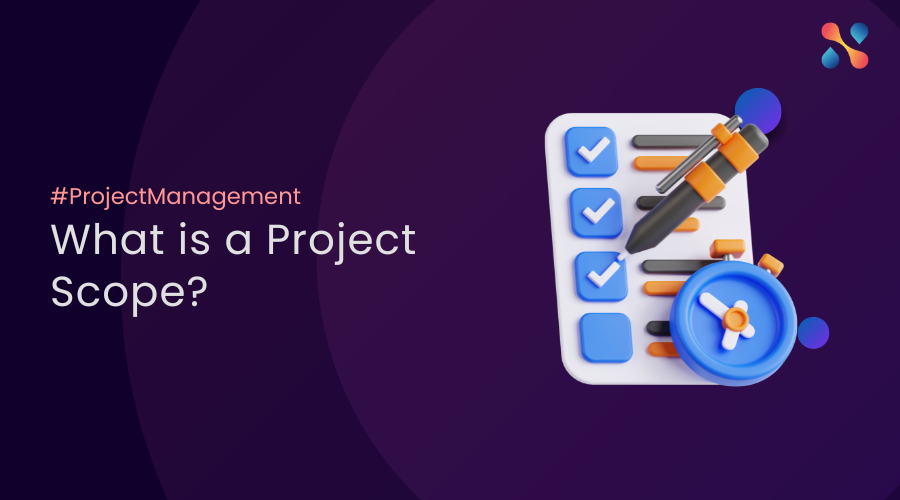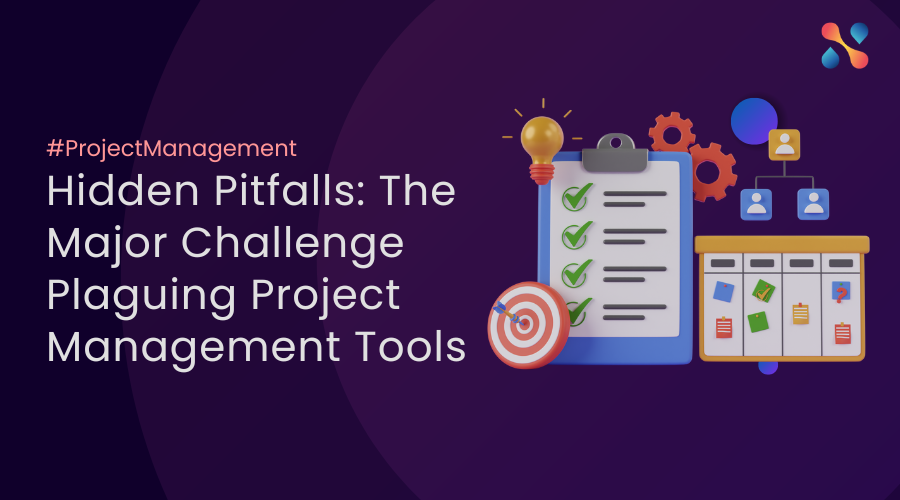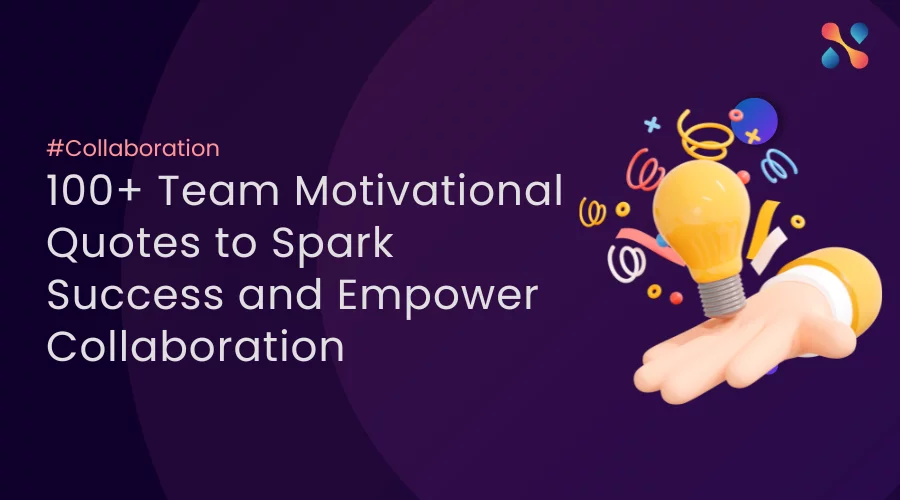Every successful project starts with a clear vision and a solid plan. At the heart of this plan lies the project scope – a powerful tool that sets the stage for everything that follows. But what exactly is project scope, and why is it so important?
Think of project scope as the blueprint for your project. It outlines what you’re going to do, how you’re going to do it, and what the end result should look like. Whether you’re a seasoned project manager or just starting out, understanding project scope is key to bringing your ideas to life. In this article, we’ll dive into the world of project scope, exploring what it means, why it matters, and how to get it right. So, let’s roll up our sleeves and get started!
What is Project Scope?
Project scope is a comprehensive outline of all work required to successfully complete a project. It encompasses the project’s objectives, deliverables, tasks, resources, timeline, and any constraints or assumptions. By clearly defining what is included and excluded from the project, scope establishes the parameters within which the project team will operate. This clarity is crucial for aligning stakeholder expectations, managing resources effectively, and mitigating potential risks.
A well-defined scope acts as a roadmap for the project, guiding decision-making and providing a benchmark for measuring progress. Without it, projects can easily veer off course, leading to scope creep, budget overruns, and missed deadlines. Proper scoping is therefore essential for successful project execution, ensuring that all team members and stakeholders have a shared understanding of the project’s boundaries and goals. It forms the foundation upon which all other project management processes are built, ultimately contributing to the efficient and effective achievement of project objectives.
Src: aboutcivil.org
The Importance of Defining Project Scope
Defining project scope is a critical step that should not be overlooked. A clearly defined scope provides numerous benefits, including:
☑ Aligning Stakeholder Expectations: By clearly outlining the project’s objectives and deliverables, stakeholders have a shared understanding of what the project aims to achieve, minimizing misunderstandings and conflicts.
☑ Effective Resource Allocation: With a well-defined scope, project managers can accurately estimate the resources required, including personnel, materials, and budgets, ensuring optimal resource utilization.
☑ Risk Mitigation: By establishing project boundaries and constraints, potential risks can be identified and mitigated proactively, reducing the likelihood of project delays or failures.
☑ Improved Decision-Making: With a clear understanding of the project scope, project managers and stakeholders can make informed decisions regarding changes, trade-offs, and prioritization.
Failing to define project scope adequately can lead to numerous challenges, such as scope creep, unclear expectations, resource mismanagement, and increased project costs and delays.
Components of Project Scope
A comprehensive project scope should include the following components:
☑ Project Objectives: The specific goals and desired outcomes of the project.
☑ Deliverables: The tangible or intangible products, services, or results that will be delivered upon project completion.
☑ Milestones: Key checkpoints or achievements that mark significant progress or completion of project phases.
☑ Tasks: The specific activities and work packages required to complete the project.
☑ Costs: The estimated budget and financial resources needed for the project.
☑ Deadlines: The target start and end dates for the project and its various phases or milestones.
Project Scope Management Steps
Defining project scope is a multi-step process that involves collaboration with stakeholders and a thorough understanding of project requirements. Here are the key steps:
Here’s an elaboration on each of the 8 steps for Project Scope Management:
Step 1: Identify Stakeholders and Understand Their Expectations
This crucial first step involves creating a comprehensive list of all parties involved in or affected by the project. This includes not just the obvious players like clients and team members, but also end-users, regulatory bodies, and even competitors in some cases. Once identified, engage with these stakeholders through interviews, surveys, or workshops to gather their expectations, requirements, and any constraints they foresee. This process helps in creating a holistic view of what the project needs to achieve and the potential challenges it might face. Remember, stakeholders’ expectations can sometimes conflict, so it’s important to document and prioritize these expectations carefully.
Step 2: Define the Project Objectives
In this step, you distill the information gathered from stakeholders into clear, concise, and measurable objectives. These objectives should answer fundamental questions about the project’s purpose and intended outcomes. Use the SMART criteria (Specific, Measurable, Achievable, Relevant, Time-bound) to frame these objectives. For example, instead of a vague objective like “Improve customer service,” a SMART objective would be “Reduce customer complaint resolution time by 30% within six months of system implementation.” These well-defined objectives will serve as the north star for all project activities and decisions.
Step 3: Identify the Deliverables
Here, you outline all the specific outputs that the project will produce. These deliverables can be tangible (like a new software application, a physical product, or a report) or intangible (like improved processes or enhanced team capabilities). Be as detailed as possible in describing these deliverables. For a software project, for instance, deliverables might include user interface designs, backend architecture, user manuals, and training materials. Each deliverable should directly contribute to achieving the project objectives defined in Step 2.
Step 4: Determine the Project Tasks
This step involves breaking down the project into smaller, manageable chunks of work. Use techniques like the Work Breakdown Structure (WBS) to hierarchically decompose the project into progressively smaller components. Each task should be specific enough that it can be assigned to an individual or team, estimated for time and resources, and tracked for completion. This breakdown not only makes the project more manageable but also helps in identifying dependencies between tasks, which is crucial for project scheduling and risk management.
Nimble’s Gantt chart helps you manage project scope effectively and prevent scope creep.
Step 5: Establish the Project Boundaries
Defining project boundaries is about clearly stating what is and isn’t part of the project scope. This step is critical in preventing scope creep – the uncontrolled expansion of project scope. Create a clear list of in-scope and out-of-scope items. For example, in a website redesign project, you might specify that creating content is in-scope, but ongoing content management after launch is out-of-scope. Also, identify any assumptions and constraints that might affect the project boundaries. This clarity helps manage stakeholder expectations and provides a reference point for evaluating change requests during the project.
Step 6: Determine the Resources Needed
In this step, you identify all the resources required to complete the project as scoped. This includes human resources (team members with specific skills), material resources (equipment, software licenses, raw materials), and financial resources (budget for different aspects of the project). Be as detailed as possible in your resource planning. For human resources, consider not just the number of people needed but also the specific skills and experience required. For material resources, consider factors like procurement lead times. This detailed resource planning helps in creating accurate project schedules and budgets.
Step 7: Set the Timeline
Based on the tasks identified and resources available, create a realistic timeline for the project. Use techniques like Gantt charts or network diagrams to visualize the project schedule. Identify key milestones and deadlines, ensuring they align with stakeholder expectations and any external constraints. Consider factors like resource availability, task dependencies, and potential risks when setting timelines. It’s often helpful to build in some buffer time for unforeseen circumstances. Remember, an overly optimistic timeline can lead to project stress and potential failure, while an overly pessimistic one might result in lost opportunities or unnecessary costs.
Step 8: Get Approval from Stakeholders
The final step is to present the compiled project scope to key stakeholders for review and approval. This typically involves creating a scope statement or project charter document that summarizes all the elements defined in the previous steps. Present this document in a stakeholder meeting, walking through each aspect of the scope. Address any questions or concerns raised by stakeholders. This step is crucial for ensuring alignment and commitment from all parties. Once approved, this document becomes the baseline against which project progress and changes are measured. Remember, stakeholder approval doesn’t mean the scope is set in stone – it should still be reviewed and potentially updated as the project progresses, but any changes should go through a formal change control process.
The Role of a Project Scope Statement
A project scope statement is a formal document that captures and communicates the defined project scope to all stakeholders. It serves as a reference point throughout the project’s lifecycle, ensuring that everyone involved has a shared understanding of the project’s objectives, deliverables, and boundaries.
Tips for Defining Project Scope
☑ Involve Stakeholders Early: Engage stakeholders from the outset to gather their input and ensure alignment on project objectives and expectations.
☑ Be Specific and Detailed: Clearly define project objectives, deliverables, tasks, and boundaries, leaving no room for ambiguity or misinterpretation.
☑ Consider Constraints and Assumptions: Identify any constraints, such as budget, resources, or regulatory requirements, as well as any assumptions that may impact the project scope.
☑ Document Everything: Thoroughly document the project scope in a formal scope statement or project charter to ensure clarity and serve as a reference point throughout the project’s lifecycle.
☑ Regularly Review and Update: The project scope is not static; review and update it regularly to reflect any changes or new requirements that may arise during the project’s execution.
Conclusion
Defining project scope is a critical first step in any project management endeavor. By clearly outlining the project’s objectives, deliverables, tasks, resources, and boundaries, project managers can establish a solid foundation for success. Following the steps outlined in this article and incorporating best practices will help ensure that projects remain on track, stakeholder expectations are met, and resources are utilized effectively. Embrace the power of proper scoping, and watch as your projects navigate smoothly towards successful completion.
Ready to take your project scoping to the next level? Nimble Project Management offers intuitive tools designed to streamline your scoping process and keep your projects on track. From collaborative scope definition features to real-time progress tracking, Nimble empowers teams to create clear, comprehensive project scopes with ease. Try Nimble Project Management today and experience the difference a well-defined scope can make in your project outcomes. Sign up for a free trial and start scoping smarter!









